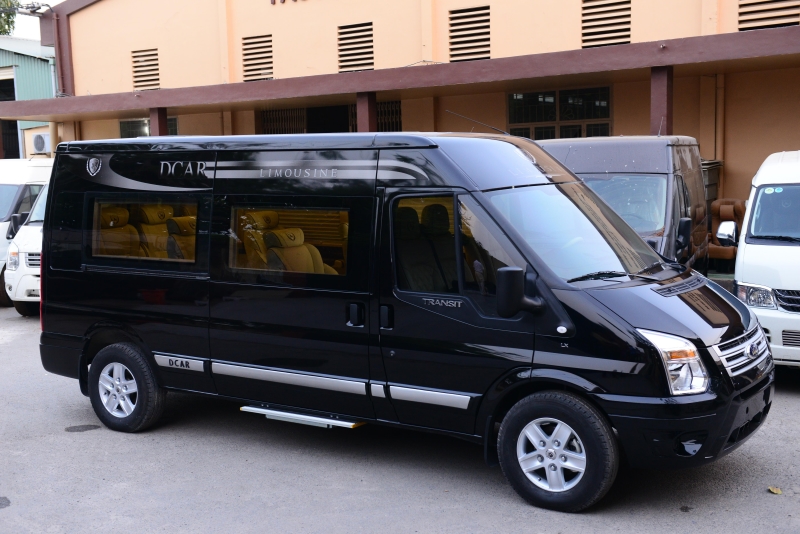- 1 Your ride
- 2 Confirm booking
- 3 Payment
Visit these sights along the way

Buu Long Pagoda
Built in 1942, the Chua Buu Long pagoda is renowned in Vietnam because of its gorgeous amalgamation of architectural styles from countries throughout Southeast Asian including Myanmar, Thailand, and Vietnam. Many locals even call it the “Thai temple” for its distinctive style, and because it practices the same Theraveda branch of Buddhism as in Thailand. The temple is also unique in that worshippers do not use candles or incense to pray, and only the Buddha is revered here - most temples also worship other deities. Despite the ornate exterior and serene gardens, the temple interior is simple and modern, bordering on the austere. On the top floor you’ll find relics from Buddha and his disciples that are revered throughout the Buddhist world.
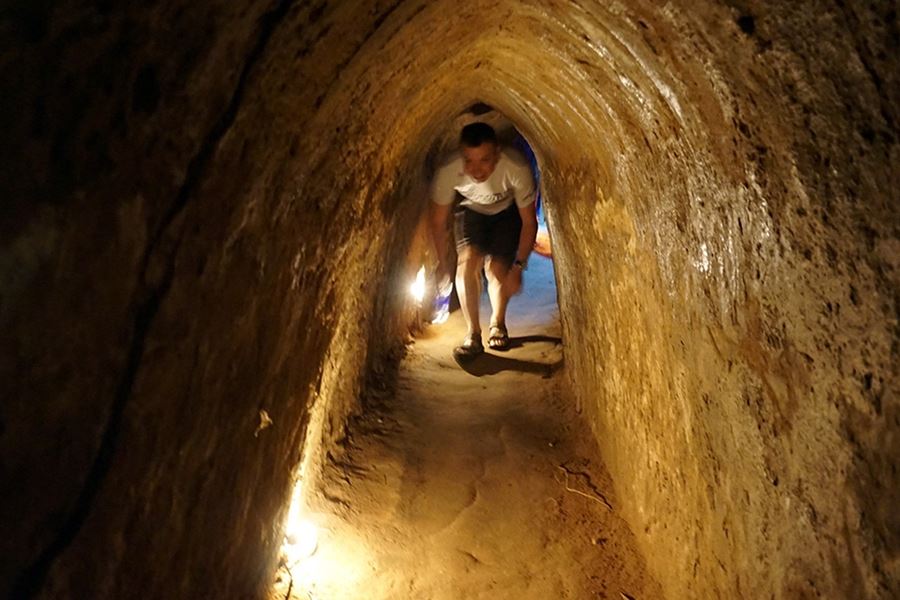
Cu Chi Tunnels
The Cu Chi Tunnels are an extensive network of underground tunnels located in the Cu Chi district, about 70 kilometers (43 miles) northwest of Ho Chi Minh City, Vietnam. These tunnels were originally built during the 1940s for resistance against French colonial forces, and they became especially significant during the Vietnam War. The tunnels served as a vital base for the Viet Cong and played a crucial role in their guerrilla warfare strategies.
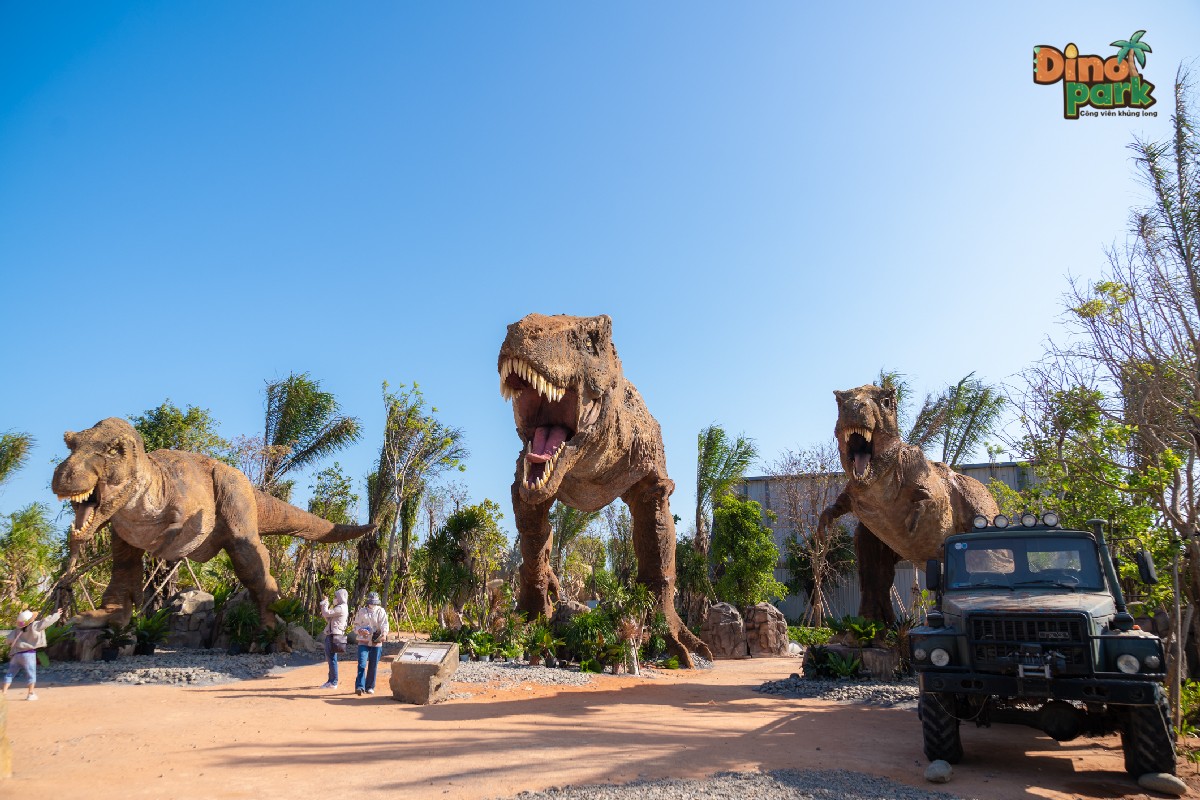
Dino Park Novaworld Phan thiet
Dino Park at NovaWorld Phan Thiet is the largest dinosaur-themed park in Vietnam, spanning 2.5 hectares and divided into 9 functional areas. The park features over 100 lifelike dinosaur models, including the largest animated T-rex in Vietnam. There are dedicated zones for kids with various active games, allowing them to explore and have fun.

Fairy Stream
Flanked by vibrant red stone formations and verdant bamboo groves, the Fairy Stream is a demure natural wonder. The water, dyed red by natural sediments, is no more than knee deep, and usually barely passes the ankles, making for a picture-perfect place to cool your feet. Along the way, you’ll not only find plenty of photo opportunities, but several food stalls where you can stop to enjoy a bit to eat in this beautiful setting.
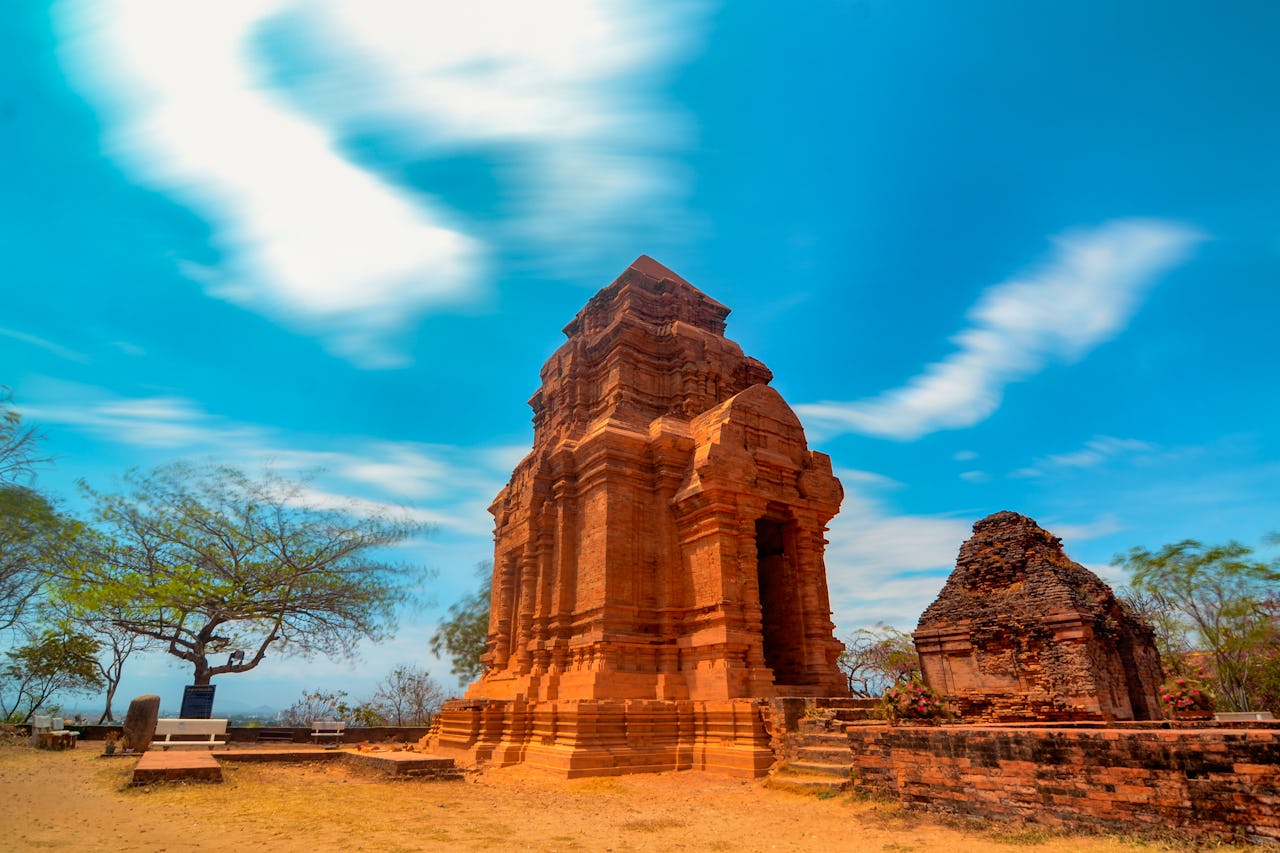
Po Sah Inu Towers
The Po Sah Inu Cham Towers were built at the height of the Cham empire in the 8th and 9th centuries. Originally built to worship Shiva, they temples have also been used to worship princess Po Sah Inu and Nandin, Shiva’s holy mount. Over the centuries, much of the original complex was destroyed, leaving behind only 3 towers. These, however, and the only remnants of the Cham empire in the region, offering visitors an excellent opportunity to admire the refined brick architecture and traditional Cham symbols, including the yoni and ligma. Throughout the year, the towers are used by local villagers to hold traditional Cham ceremonies.

Ta Cu Mountain Park
Covering 250,000 square meters of mountain forest, Ta Cu Mountain Park is a sanctuary for wildlife crowned by a Buddhist pagoda. Those of strong body can opt for the 2-hour hike up the mountain, which is made a bit more comfortable thanks to the smaller shrines and a restaurant position on the way. The more mindful will likely want to enjoy the panoramic views offered by a ride in the cable car, though this comes at an extra fee. Once you reach the mountain’s peak , you’ll pass the three entrance pillars to reach the Linh Son Truong Tho Pagoda. Home to several prayer halls, the central attraction is the 19th century reclining Buddha - the largest Nirvana Shakyamuni style in Southeast Asia. Nearby are the 7-meter-tall “Three Buddha Postures” statues, each of which depicts a different Buddha.
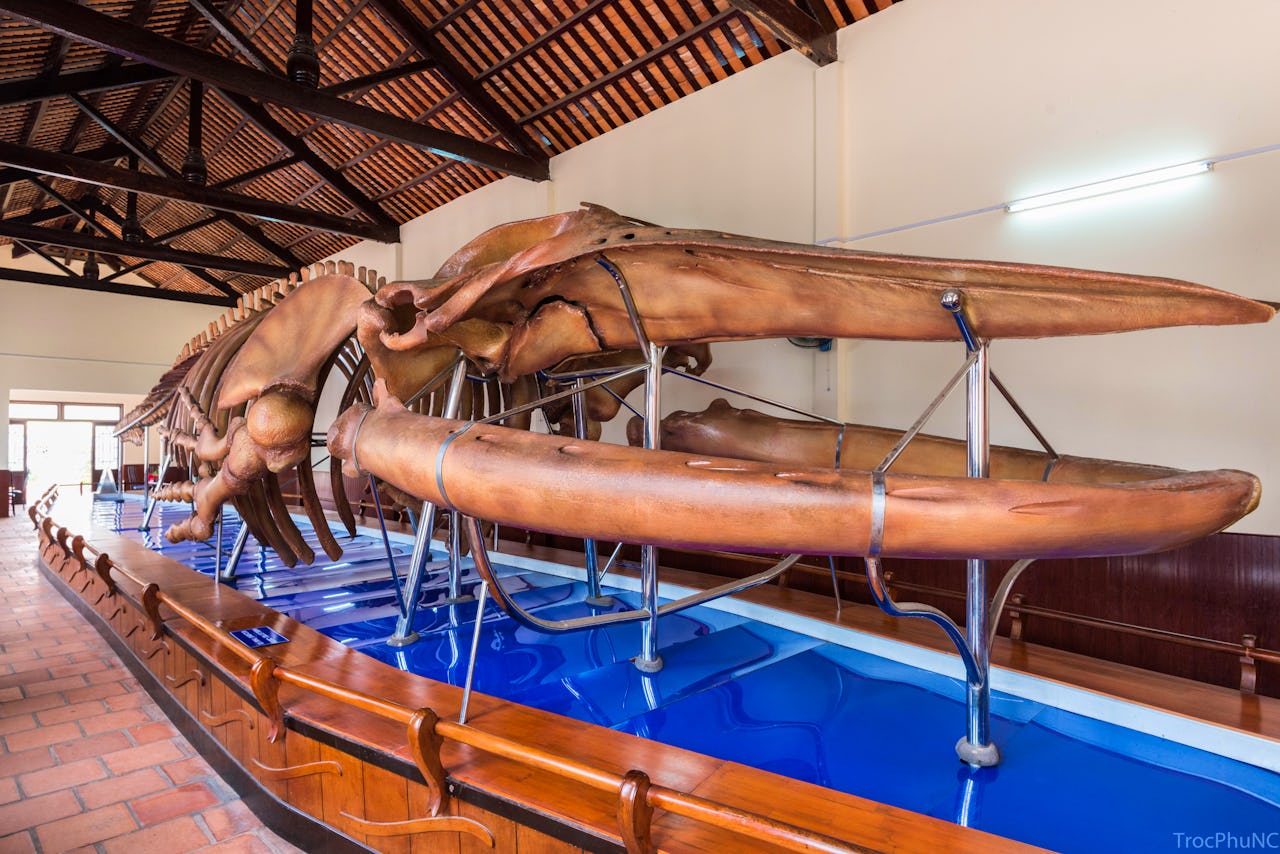
Van Thuy Tu Temple
Believe that whales protect fisherman from perils at sea, the locals built the Van Thuy Tu Temple in 1762 in honor of Ca Ong (Lord Whale). The largest and oldest ‘whale temple’ in the region, the remains of over 500 whales are preserved within, including a 22-meter-long specimen that’s believed to be the largest in South East Asia. Displayed alongside these century-old skeletons are traditional fishing boats, conical hats, and authentic artifacts from the 18th century including written decrees by 24 former kings, terracotta statues, and incense table, lacquered boards, and an beautiful bronze bell. While the entrance fee includes a guided tour of the temple, if you’re lucky, your visit will coincide with the Spring Festival, Whale Worshipping Festival, or Peace Prayer Ceremony when locals come to pray for smooth sailing, good weather, and a bountiful fishing harvest in an activity-filled day.
Risk-free
You can cancel your booking up to 24 hours before departure and get a full refund.
English-speaking driver
Door-to-door service
Sightseeing along the way
Smoke-free
Clean, comfortable car
Air conditioning
Child seats
Pet-friendly
Handicapped accessible
